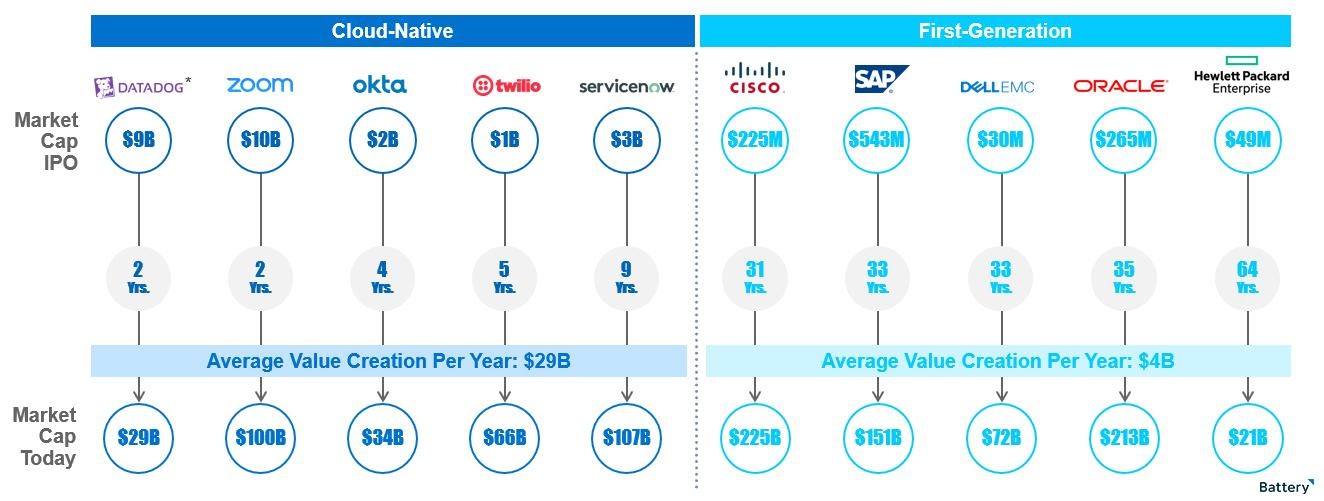News: MEPs call for European AI rules to ban biometric surveillance in public
A cross-party group of 40 MEPs in the European parliament has called on the Commission to strengthen an incoming legislative proposal on artificial intelligence to include an outright ban on the use of facial recognition and other forms of biometric surveillance in public places. They have also urged EU lawmakers to outlaw automated recognition of
A cross-party group of 40 MEPs in the European parliament has called on the Commission to strengthen an incoming legislative proposal on artificial intelligence to include an outright ban on the use of facial recognition and other forms of biometric surveillance in public places.
They have also urged EU lawmakers to outlaw automated recognition of people’s sensitive characteristics (such as gender, sexuality, race/ethnicity, health status and disability) — warning that such AI-fuelled practices pose too great a rights risk and can fuel discrimination.
The Commission is expected to presented its proposal for a framework to regulate ‘high risk’ applications of AI next week — but a copy of the draft leaked this week (via Politico). And, as we reported earlier, this leaked draft does not include a ban on the use of facial recognition or similar biometric remote identification technologies in public places, despite acknowledging the strength of public concern over the issue.
“Biometric mass surveillance technology in publicly accessible spaces is widely being criticised for wrongfully reporting large numbers of innocent citizens, systematically discriminating against under-represented groups and having a chilling effect on a free and diverse society. This is why a ban is needed,” the MEPs write now in a letter to the Commission which they’ve also made public.
They go on to warn over the risks of discrimination through automated inference of people’s sensitive characteristics — such as in applications like predictive policing or the indiscriminate monitoring and tracking of populations via their biometric characteristics.
“This can lead to harms including violating rights to privacy and data protection; suppressing free speech; making it harder to expose corruption; and have a chilling effect on everyone’s autonomy, dignity and self-expression – which in particular can seriously harm LGBTQI+ communities, people of colour, and other discriminated-against groups,” the MEPs write, calling on the Commission to amend the AI proposal to outlaw the practice in order to protect EU citizens’ rights and the rights of communities who faced a heightened risk of discrimination (and therefore heightened risk from discriminatory tools supercharged with AI).
“The AI proposal offers a welcome opportunity to prohibit the automated recognition of gender, sexuality, race/ethnicity, disability and any other sensitive and protected characteristics,” they add.
The leaked draft of the Commission’s proposal does tackle indiscriminate mass surveillance — proposing to prohibit this practice, as well as outlawing general purpose social credit scoring systems.
However the MEPs want lawmakers to go further — warning over weaknesses in the wording of the leaked draft and suggesting changes to ensure that the proposed ban covers “all untargeted and indiscriminate mass surveillance, no matter how many people are exposed to the system”.
They also express alarm at the proposal having an exemption on the prohibition on mass surveillance for public authorities (or commercial entities working for them) — warning that this risks deviating from existing EU legislation and from interpretations by the bloc’s top court in this area.
“We strongly protest the proposed second paragraph of this Article 4 which would exempt public authorities and even private actors acting on their behalf ‘in order to safeguard public security’,” they write. “Public security is precisely what mass surveillance is being justified with, it is where it is practically relevant, and it is where the courts have consistently annulled legislation on indiscriminate bulk processing of personal data (e.g. the Data Retention Directive). This carve-out needs to be deleted.”
“This second paragraph could even be interpreted to deviate from other secondary legislation which the Court of Justice has so far interpreted to ban mass surveillance,” they continue. “The proposed AI regulation needs to make it very clear that its requirements apply in addition to those resulting from the data protection acquis and do not replace it. There is no such clarity in the leaked draft.”
The Commission has been contacted for comment on the MEPs’ calls but is unlikely to do so ahead of the official reveal of the draft AI regulation — which is expected around the middle of next week.
It remains to be seen whether the AI proposal will undergo any significant amendments between now and then. But MEPs have fired a swift warning shot that fundamental rights must and will be a key feature of the co-legislative debate — and that lawmakers’ claims of a framework to ensure ‘trustworthy’ AI won’t look credible if the rules don’t tackle unethical technologies head on.




